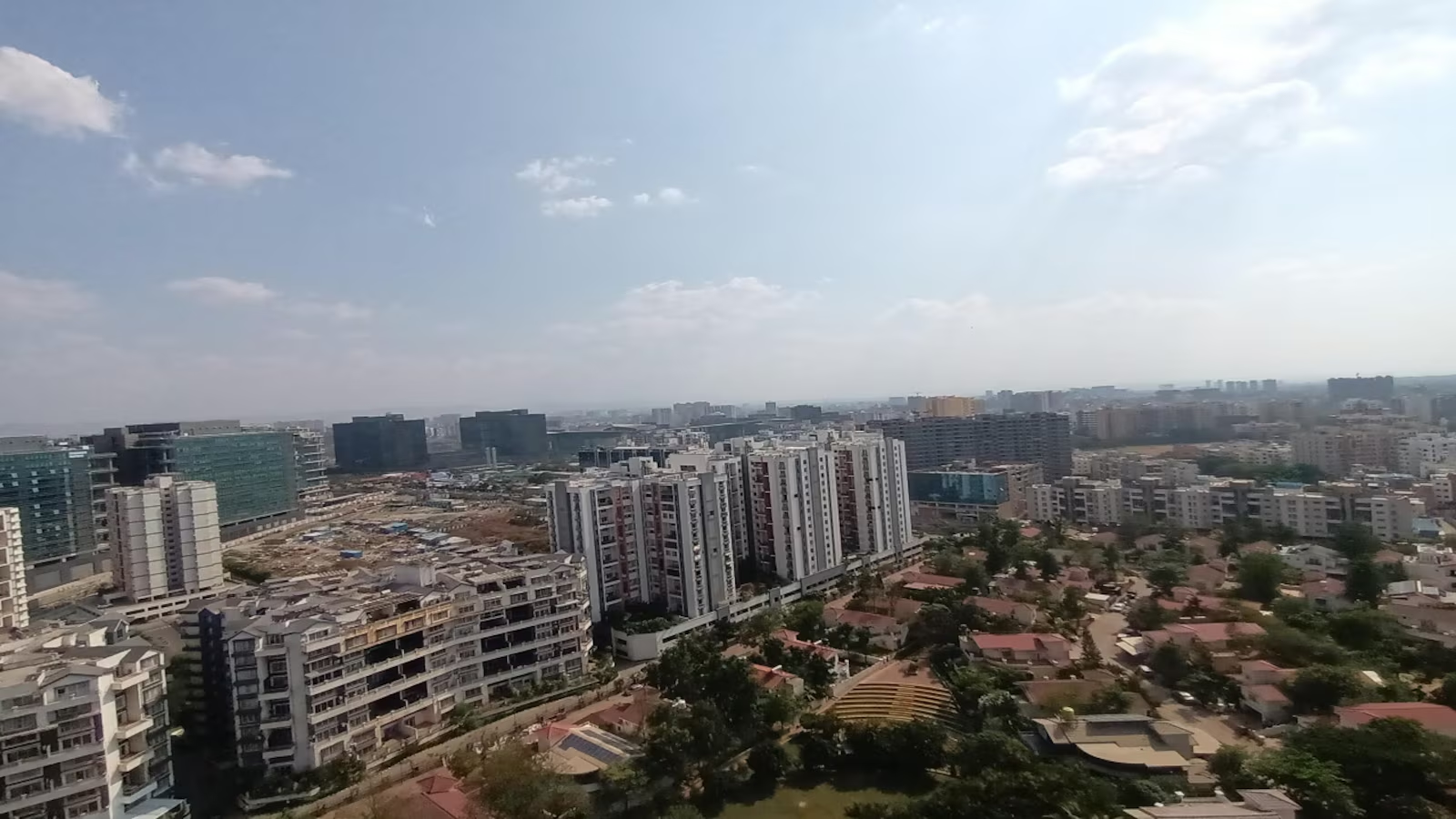Report
Latest CII-JLL study reveals increasing share of institutional investments in Indian real estate


- Technology upgrade and innovative strategies continue to drive growth making Indian real estate lucrative for occupiers and investors
- Investments remained concentrated in Delhi NCR, Mumbai and Bengaluru accounting for 74% of the total institutional investments during 2009-18
- Investments in commercial office space rose to INR 622 bn in 2014-18 from INR 105 bn in 2009-13, a six-fold jump due to strong office space demand
Mumbai, 21 August 2019: Institutional investments increased in the last ten years and have improved investor confidence, risk appetite and transparency. Enhanced use of technology across asset classes has changed the outlook of investors towards Indian real estate. As a result, investments have more than tripled to INR 1,400 bn during 2014-18 as compared to INR 465 bn during 2009-13, says the latest CII-JLL report ‘Innovation Led Opportunities – Changing India=E 2��s Real Estate Landscape’, released today at the 11th Edition of CII Realty & Infrastructure Conclave.
Traditional real estate segments such as residential and commercial have been using modern technology across construction, planning and development for over a decade now. Policy reforms in the sector, the concept of shared economy giving rise to new asset classes such as co-living and co-working spaces and technology-driven businesses resulting in the increased interest in data centers have together made times exciting, both for occupiers and investors. Additionally, the introduction of Real Estate Investment Trusts (REITs) have opened new doors for retail investments in commercial real estate.
“India has gradually transformed into an investment destination of international repute post the global financial crisis and real estate and infrastructure have played a vital role. Within the space, adoption of technology coupled with policy reforms is one of the key factors for investors to consider greater participation,” said Ramesh Nair, Chairman, CII Realty and Infrastructure Conclave and CEO & Country Head, JLL India.
“While metros like NCR-Delhi, Mumbai and Bengaluru accounted for 74% of the total institutional investments during 2009-18, we expect tier II and III cities to draw more funds in the coming years. Government’s focus on the growth of smaller cities is leading the change,” Nair added.
The report also highlighted that the commercial office segment witnessed the maximum share of institutional investments in the past ten years. Rise in the development of environmentally sustainable buildings and subsequent demand from occupiers have added strength to this trend.
From 2009 to 2013, opportunistic funds returned to Indian markets and picked up marquee assets in select offices (commercial and IT parks/SEZs). India’s improving reforms scenario added value to the overall scenario. Notification of REIT regulations in 2014 led to a deluge of investments in high-yielding assets with attractive valuations. This was especially in the non-IT office space as most quality IT/ITeS assets were acquired by funds. Investors took note of the innovation introduced at all levels.
With a superior sustainability quotient, Grade-A offices with single ownership and limited supply have pushed global investors to close large deals. But lower availability of quality assets has led to large investors chasing entity-level deals leading to extended investment cycles. As a result, the share of investments in the office segment declined during th e first six months of the year as compared to the corresponding period the last year.
Commenting on the investors’ preference, Samantak Das, Chief Economist and Head of Research & REIS, JLL India said, “Investment strategies have shifted to long-term partnerships from being merely opportunistic. There has been a rise in investments in the past decade. Institutional investments in real estate in H1, 2019 stood at INR 195 bn, reflecting the continued momentum of capital infusion. The investment climate, however, in the first half of 2019 was uncertain. Initially, this was due to the NBFC default crisis and later due to general elections.”
-



 News4 weeks ago
News4 weeks agoKW Delhi 6 Mall Onboards New Brands
-



 News4 weeks ago
News4 weeks agoCommercial Realty Gets Tech Savvy: Fast Construction, Enhanced Convenience
-



 News3 weeks ago
News3 weeks agoGodrej Properties Sells Rs 3k cr+ Homes of Godrej Zenith, Gurugram, within 3 days
-



 News3 weeks ago
News3 weeks agoRBI’s Status Quo on Key Policy Rates to Help Maintain the Real Estate Growth Momentum, Say Industry Stalwarts
-



 News2 weeks ago
News2 weeks agoOlive Announces Dhruv Kalro as Co-Founder
-



 News1 week ago
News1 week agoNoida’s High-Rise Societies Face Multiple Challenges Despite Rapid Urban Growth
-



 News3 weeks ago
News3 weeks agoGodrej Properties Sells 5000+ Homes of Rs 9.5 cr in Q4FY24, Bookings up 84% YoY
-



 News2 weeks ago
News2 weeks agoVestian: Domestic Investors Dominate Institutional Investments in Jan-Mar’24





























